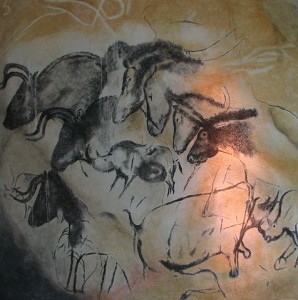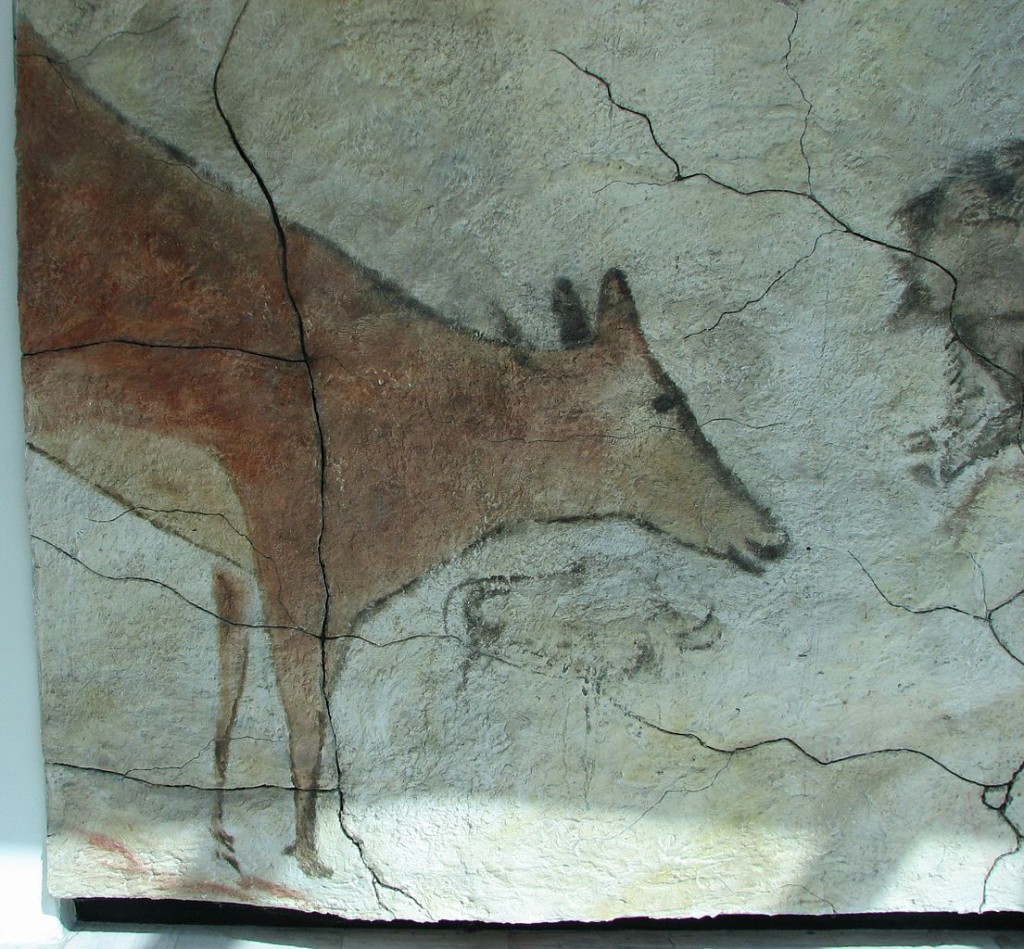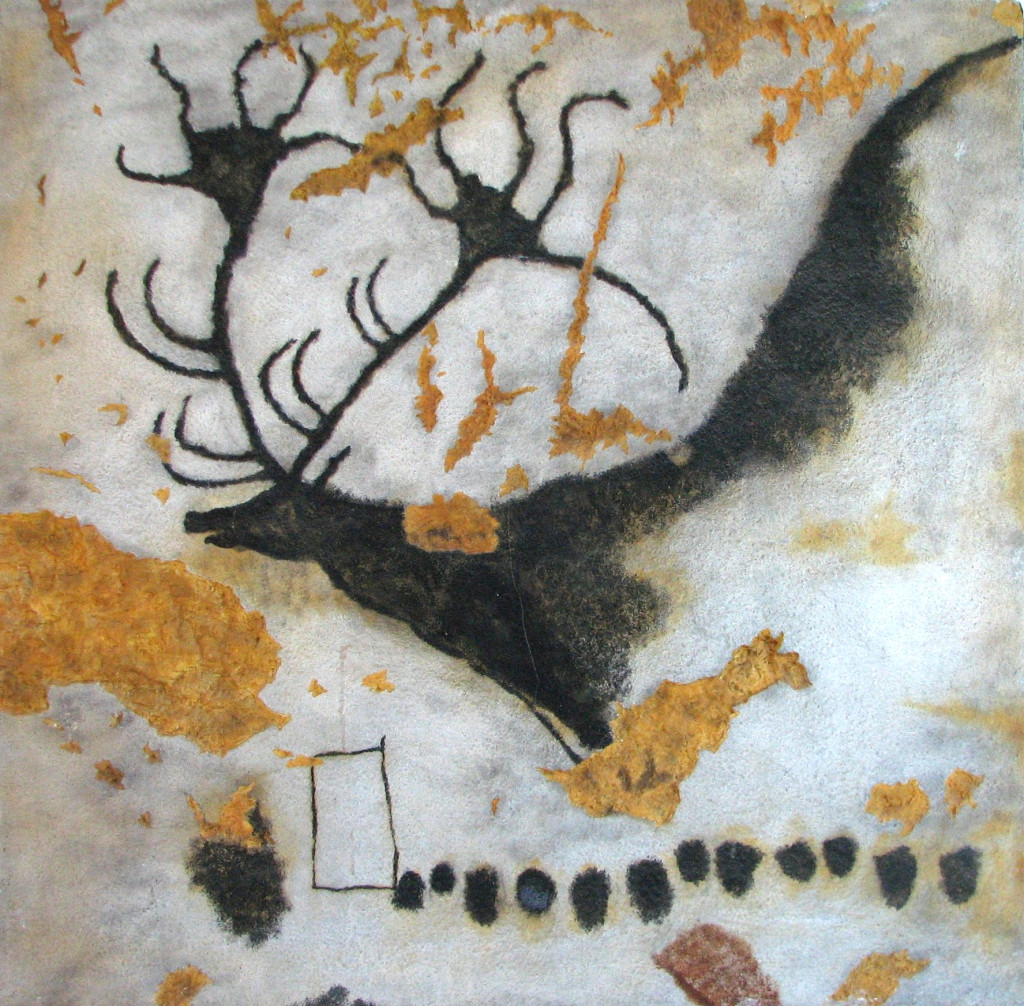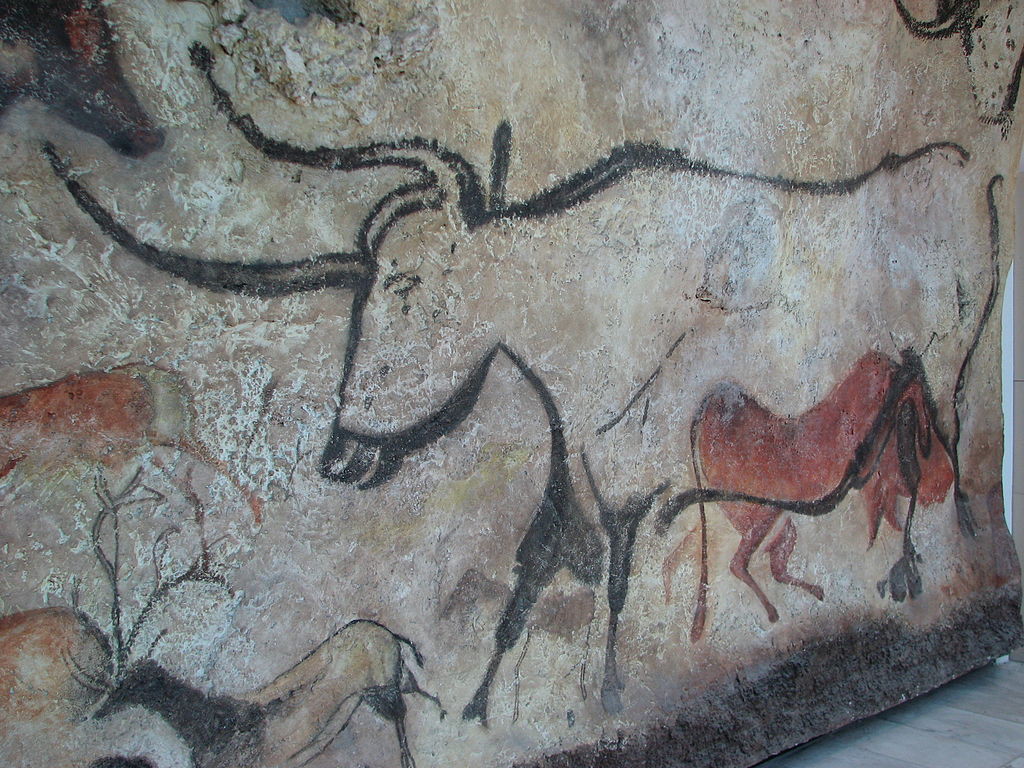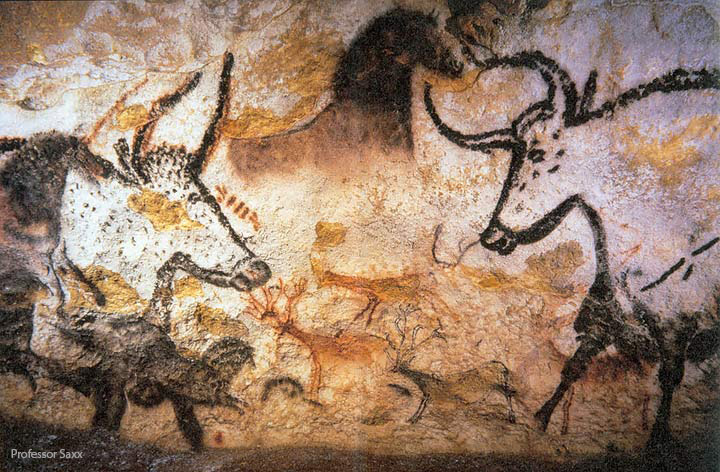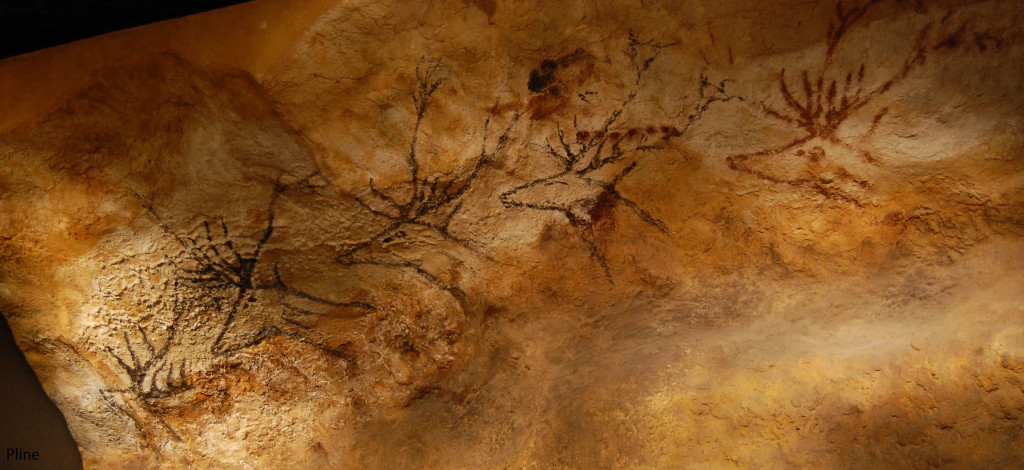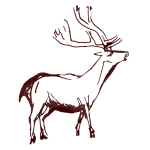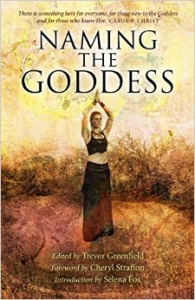
Okay, I’ve been promising to say something about Naming the Goddess for some time, so here it is. I lent the book to someone who refused to give it back, but thankfully I bought several copies. Naming the Goddess, edited by Trevor Greenfield, is an anthology by Moon Books on the subject of Goddess worship. It has a section on more general issues related to the Goddess of about eighty pages and a longer section of about 250 pages on various individual goddesses. I have been reading the book as I imagine most people will, by flipping back and forth between different sections in no particular order. Since the sections on individual goddesses are short, this is a book that you can carry around with you and read during brief moments of down time. In terms of sales, this is already one of the best-selling anthologies that Moon Books has put out, so by that measure it is an unqualified success.
I’ve been following the reviews on this book, and they have been positive. One reviewer said she thought the whole book should have been devoted to more general essays like those in the first section of the anthology. The essays in the first section are very good. Selene Fox’s short history on the goddess of liberty, Libertas, is fascinating. Robin Herne’s provocative piece asks us to consider how certain aspects of myth may be continuing to validate rape culture. My own essay is a response to the anti-Goddess backlash currently trending in the more trendy Pagan circles. Many women have come forward to thank me for writing this piece, although I have a feeling others will scratch their heads and wonder what I’m talking about. If you read my essay and have no idea where it came from, good for you. Hopefully you never will.
A criticism I have also heard is that there are already many books of this type on the market, meaning that there are a lot of encyclopedic compilations on various goddesses available. However, I think this second part of the book does fill a slightly different niche. The “goddesses of the world” texts are generally better researched, putting worship in historical and cultural context and alerting the reader to the process of syncretism, yet they lack the immediacy of an exposition penned by devotees with a true relationship with each goddess. A lot of anthologies discuss personal relationships to the Goddess, but they are more narrow in focus. There are so many entries to this section – over seventy – that while it is not comprehensive, it covers some serious ground. Also, there is a longer description of more obscure deities, such as Aine or Eris, than are generally found in encyclopedic texts. I don’t think this book duplicates anything that’s out there.
I too would like to see Moon Books come out with an anthology with longer essays such as those found in the first section of this one. These articles suggest that there is time and talent for another groundbreaking book such as Carl Olson’s 1989 anthology The Book of the Goddess Past and Present. But we’ll have to wait on that one. In the meantime, I recommend you peruse Naming the Goddess as a potential resource to add to your collection.



